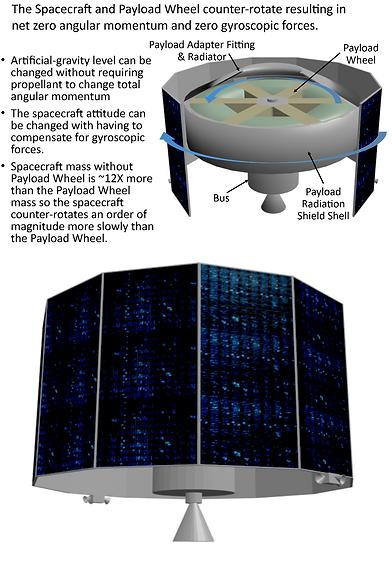
SELBE Research Institute
A Rapid, Low-Cost Approach to Permanently Extend Life Beyond Earth
Presentation of an argument for sustainably establishing life beyond Earth. A rapid, low-cost design concept is described consisting of a network of small ecosystems with populations of small animals and plants in terrestrial and aquatic environments in an orbiting centrifuge that can be launched assembled in a single launch.
This presentation covers the value proposition and challenges of permanently extending life beyond Earth. It proposes that this can be most expeditiously accomplished by starting with a population of small Closed Ecological Systems (CES)s, each with several specie populations that enable each CES to persist indefinitely without the need to add resources, remove wastes, or require human intervention. Each CES is instrumented and controlled so that it can be remotely maintained, experiments performed, and data collected. Data from the entire population of CESs are managed in a cloud server database for analyses on how to improve the performance of each CES as well as formulate new CESs. The presentation discusses a modular, artificial-spacecraft prototype that could be used to fly CES modules in space under various gravity and radiation conditions to study changes in the CESs relative to their counterparts that remain on Earth as the control group. The presentation concludes with the next, low-cost steps for rapidly executing the approach described.
SELBE RI Comments
This 2018 talk presents the first public summary of the "Sustainably Establish Life Beyond Earth" concept. Subsequent work ultimately led to the formulation of the SELBE Research Institute to continue and expand the effort.
NASA Technical Report ARC-E-DAA-TN61215, document 20180007936, presentation by Gregory A. Dorais, 11/16/2018.
